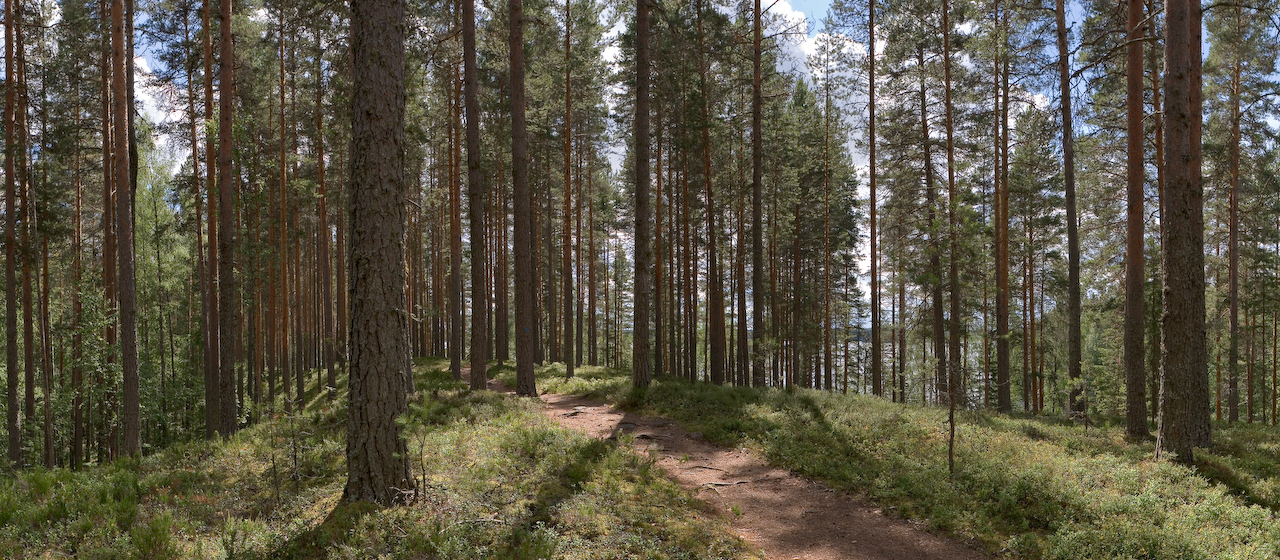|
Kivisuo
Kivisuo is a village in the municipality of Joutsa in middle-Finland. It is located about 10 kilometers east from Leivonmäki Leivonmäki is a former municipality of Finland in the Central Finland region. It became a part of Joutsa in 2008. It is located south-east from Jyväskylä. It is known for its marshy grounds and its national park. The municipality was unil .... The village has a population of about 60 inhabitants. References Kivisuo kansallispuistokylä- Official homepages of Kivisuo (in Finnish) Villages in Finland Joutsa {{WesternFinland-geo-stub ... [...More Info...] [...Related Items...] OR: [Wikipedia] [Google] [Baidu] |
Leivonmäki
Leivonmäki is a former municipality of Finland in the Central Finland region. It became a part of Joutsa in 2008. It is located south-east from Jyväskylä. It is known for its marshy grounds and its national park. The municipality was unilingually Finnish. Villages Etu-Ikola, Havumäki, Kivisuo, Lapinkylä, Leivonmäki, Martinkylä, Rutalahti, Savenaho, Selänpohja, Taka-Ikola History Leivonmäki was first mentioned in 1564 as ''Leijuomeki''. Its name means "skylark's hill", though according to Väinö Voionmaa, the name is intermediately derived from the farm name ''Leivonen'' in Sääksmäki. Leivonmäki has also been known as ''Levonmäki'' (roughly "resting hill"), which Terho Itkonen considered to be the original name. Almost all old documents call the settlement ''Leivonmäki'' or a variant of it, therefore the variant ''Levonmäki'' may be Savonian influence, as ''leivo'' is sometimes pronounced as ''leevo'' in the Savonian dialects. Leivonmäki was a part of ... [...More Info...] [...Related Items...] OR: [Wikipedia] [Google] [Baidu] |
Joutsa
Joutsa is a municipality of Finland. It is located in the province of Western Finland and is part of the Central Finland region. Jyväskylä is located about north of the Joutsa municipality. The municipality has a population of () and covers an area of of which is water. The population density is . The municipality is unilingually Finnish. The municipality of Leivonmäki was consolidated with Joutsa on January 1, 2008. Sahti culture in Joutsa is known by ''Joutsan sahti''. Geography Neighbouring municipalities: Hartola, Hirvensalmi, Jyväskylä, Kangasniemi, Luhanka, Pertunmaa and Toivakka. There are all together 192 lakes in Joutsa. The biggest lakes are Puula, Suontee and Jääsjärvi. Leivonmäki National Park is located in Joutsa. At area is swamps, beaches and forest in esker. Villages * Havumäki * Kivisuo * Kälä * Laitjärvi * Lapinkylä * Leivonmäki * Marjotaipale * Pärnämäki * Ruokoranta * Ruorasmäki * Rutalahti * Savenaho * Selänpohja * Taka-Ikola * ... [...More Info...] [...Related Items...] OR: [Wikipedia] [Google] [Baidu] |
Finland
Finland ( fi, Suomi ; sv, Finland ), officially the Republic of Finland (; ), is a Nordic country in Northern Europe. It shares land borders with Sweden to the northwest, Norway to the north, and Russia to the east, with the Gulf of Bothnia to the west and the Gulf of Finland across Estonia to the south. Finland covers an area of with a population of 5.6 million. Helsinki is the capital and largest city, forming a larger metropolitan area with the neighbouring cities of Espoo, Kauniainen, and Vantaa. The vast majority of the population are ethnic Finns. Finnish, alongside Swedish, are the official languages. Swedish is the native language of 5.2% of the population. Finland's climate varies from humid continental in the south to the boreal in the north. The land cover is primarily a boreal forest biome, with more than 180,000 recorded lakes. Finland was first inhabited around 9000 BC after the Last Glacial Period. The Stone Age introduced several differ ... [...More Info...] [...Related Items...] OR: [Wikipedia] [Google] [Baidu] |
Villages In Finland
A village is a clustered human settlement or community, larger than a hamlet but smaller than a town (although the word is often used to describe both hamlets and smaller towns), with a population typically ranging from a few hundred to a few thousand. Though villages are often located in rural areas, the term urban village is also applied to certain urban neighborhoods. Villages are normally permanent, with fixed dwellings; however, transient villages can occur. Further, the dwellings of a village are fairly close to one another, not scattered broadly over the landscape, as a dispersed settlement. In the past, villages were a usual form of community for societies that practice subsistence agriculture, and also for some non-agricultural societies. In Great Britain, a hamlet earned the right to be called a village when it built a church. [...More Info...] [...Related Items...] OR: [Wikipedia] [Google] [Baidu] |

